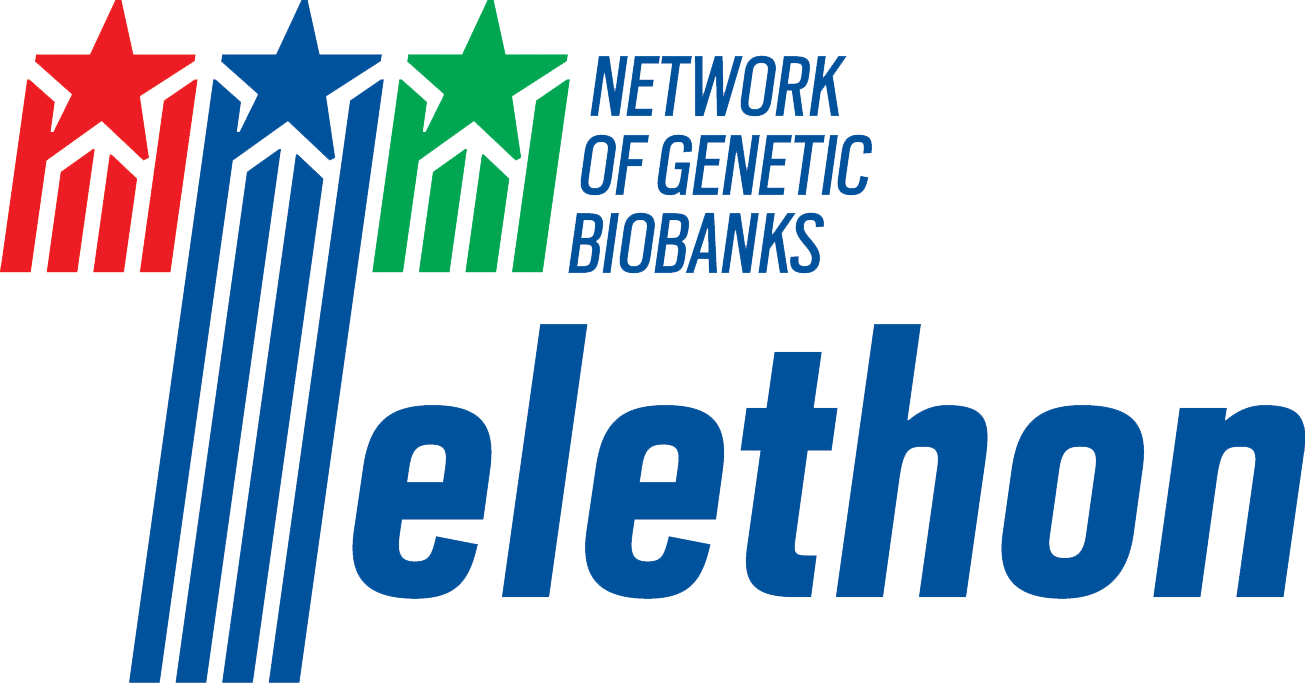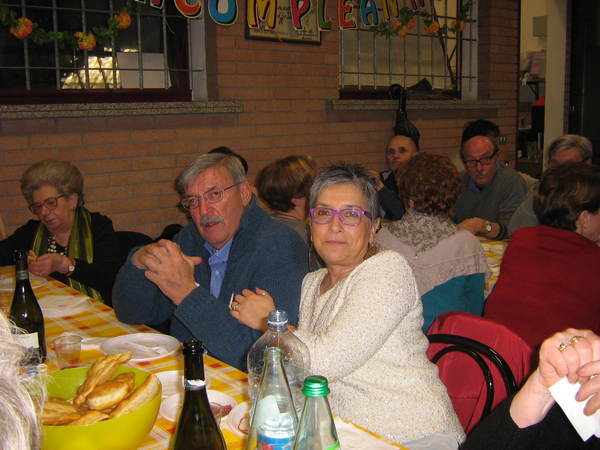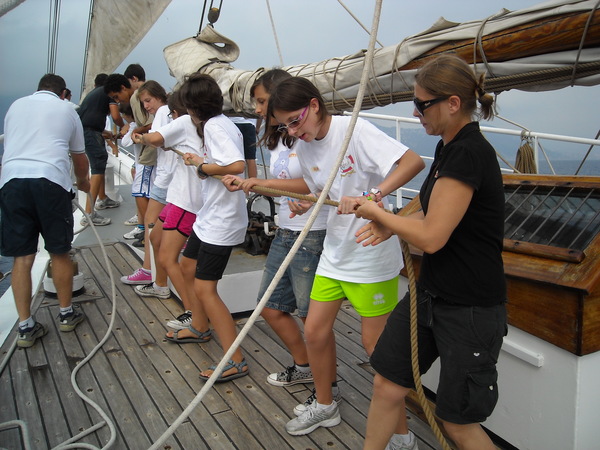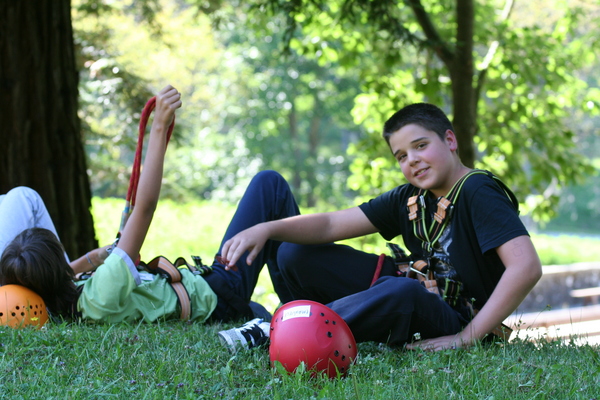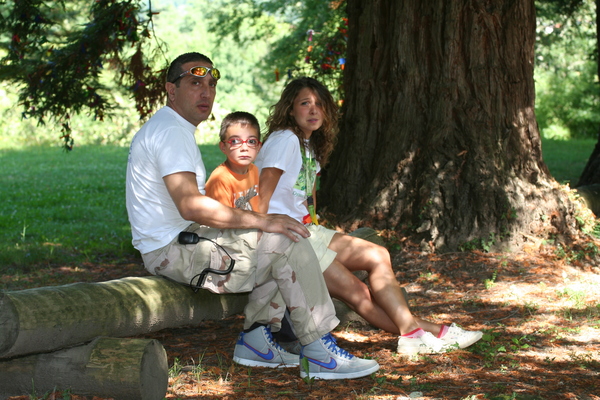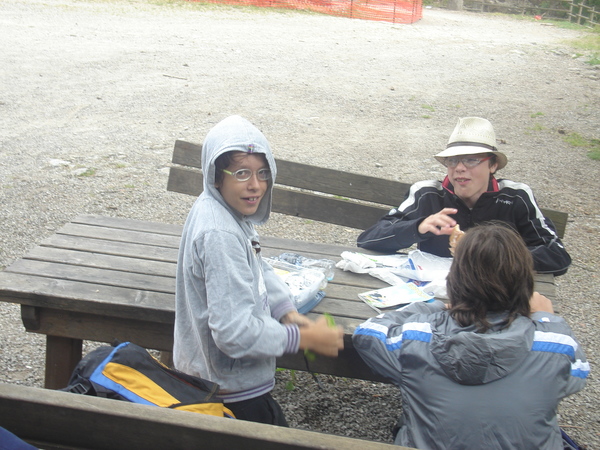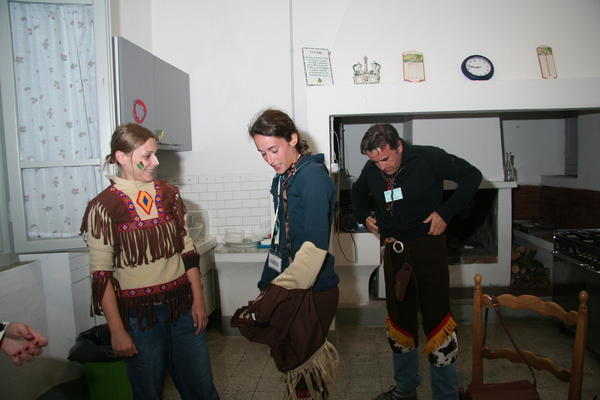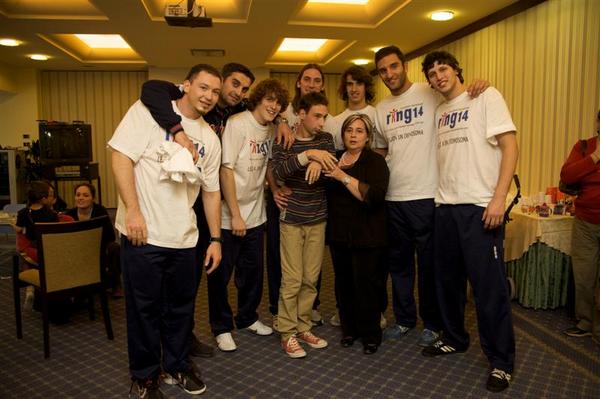PRODUCTION OF STABLE AND INDUCIBLE CELL (IPSC) MODELS OF THE RING14 SYNDROME
| Project Leader | Wynshaw-Boris Anthony |
| Host Institution | Case Western Reserve University, Cleveland (USA) |
| Duration | 1 year |
| Start-up date | November 2015 |
| Budget | € 50.000 |
| Status | Completed |
| Output/achievements |
To further study the pathophysiology of genetic diseases such as Ring14 Syndrome and understand the underlying mechanisms, it is necessary to obtain efficient and stable "model" systems. One of the most frequently used today are the iPSCs (induced pluripotent stem cells). The procedure to obtain iPSC starts with progenitor stem cells ("undifferentiated"), which will develop artificially into different cell types (e.g. muscle cells, neuronal cells, blood cells, etc.).
The biggest obstacle today concerning the production of stable iPSCs for diseases caused by the presence of ring chromosomes is that circular chromosomes are always lost during the production of iPSCs. The loss of ring chromosomes in iPSC from cells derived from patients has been also recently confirmed specifically in the Ring14 syndrome.
This project proposes to use a genetic engineering approach known as genome editing, in which it will be possible to insert an inducible gene sequence on the ends of the 14th chromosome in human iPSCs. In other words, it will be possible to generate "on command" ring structures.
Researchers at Case Western University of Cleveland have already applied this technology with considerable success to other diseases and will use it now for the Ring14 syndrome. They should be able to produce cells that will become a reliable model for the various abnormalities of chromosome 14. In fact, this project should produce stable cells with a ring structure and/or chromosomal deletions on chromosome 14.
It is important to note that once these specific iPSCs for Ring14 are produced, they will be made available to other researchers upon request, thus providing a further boost to the advancement of research in the development of new protocols and applications for those afflicted by the syndrome of Ring14.
Documents
› Project (46 KB)







